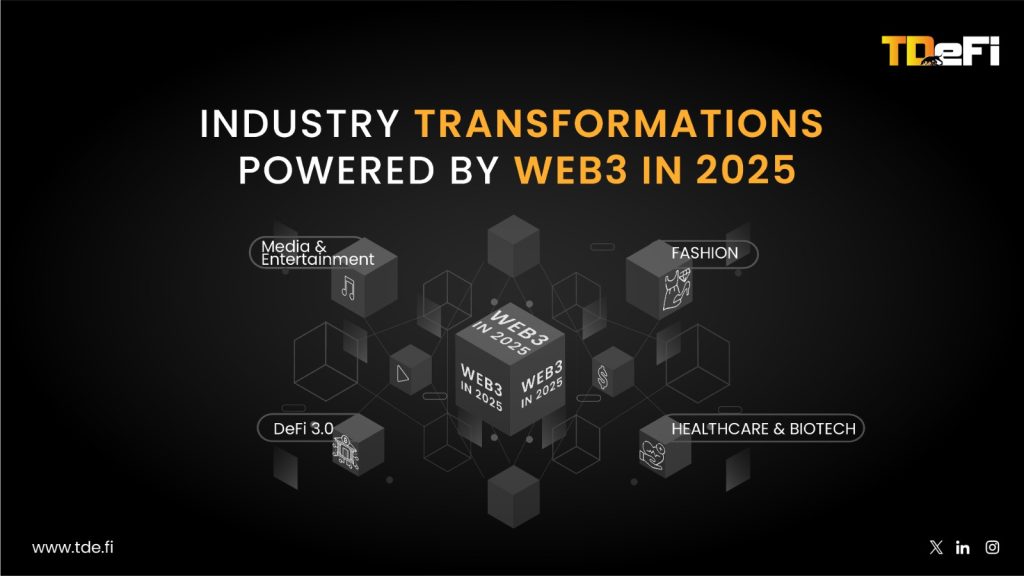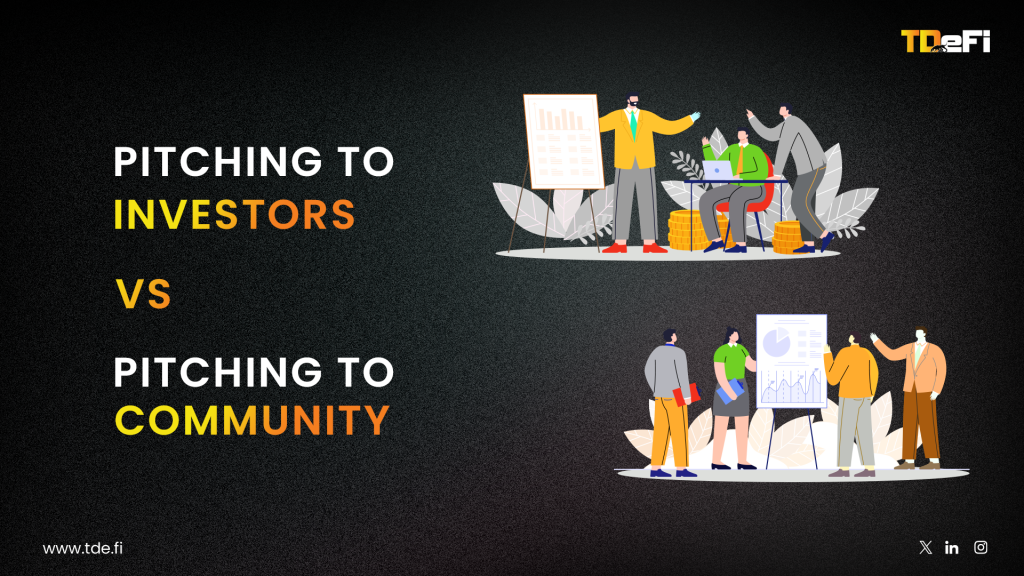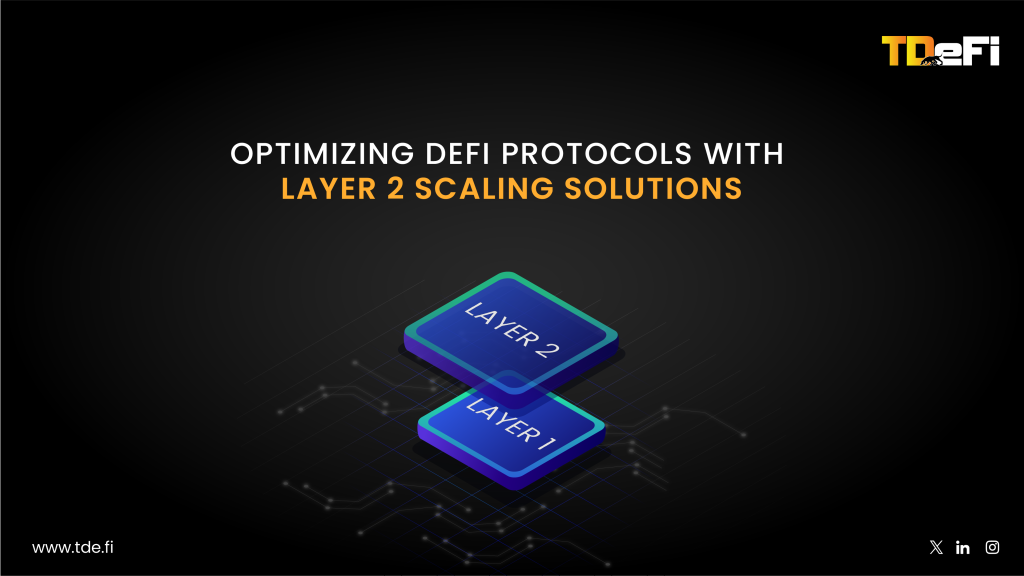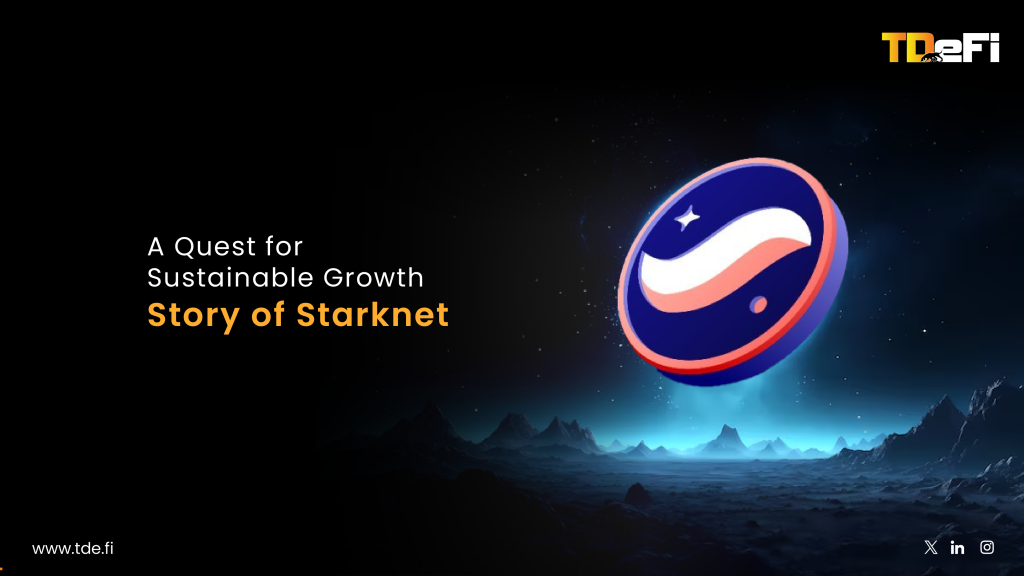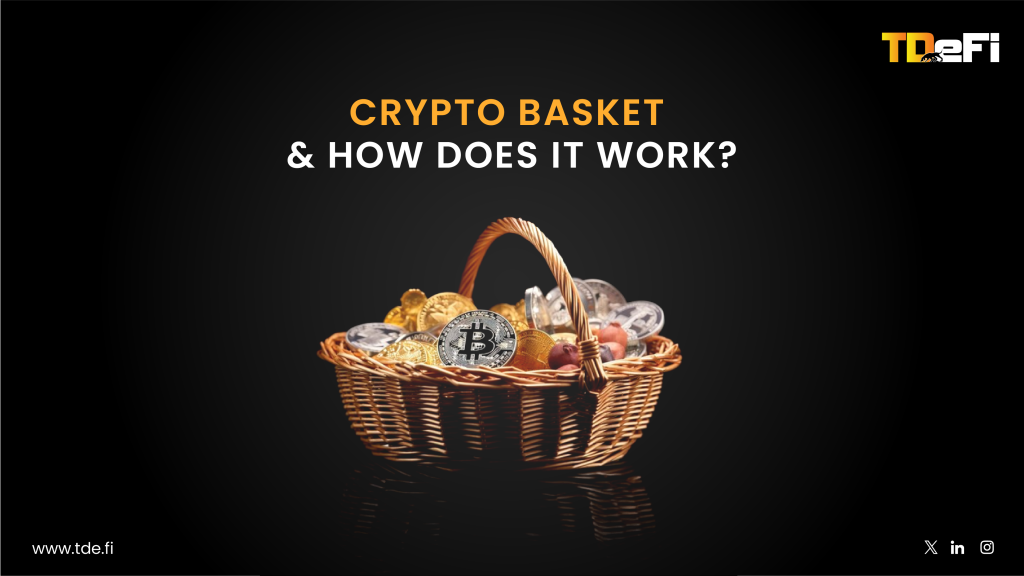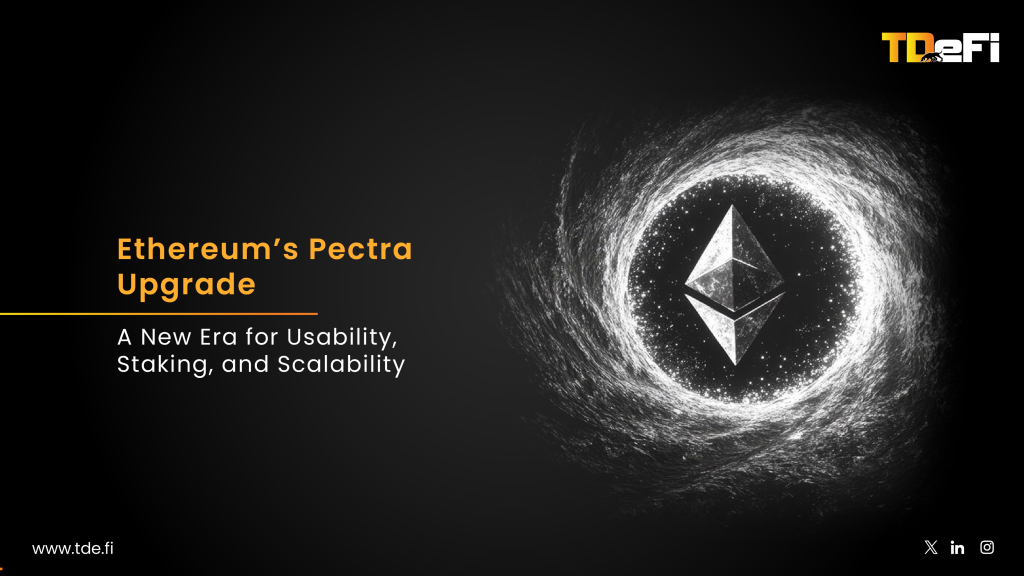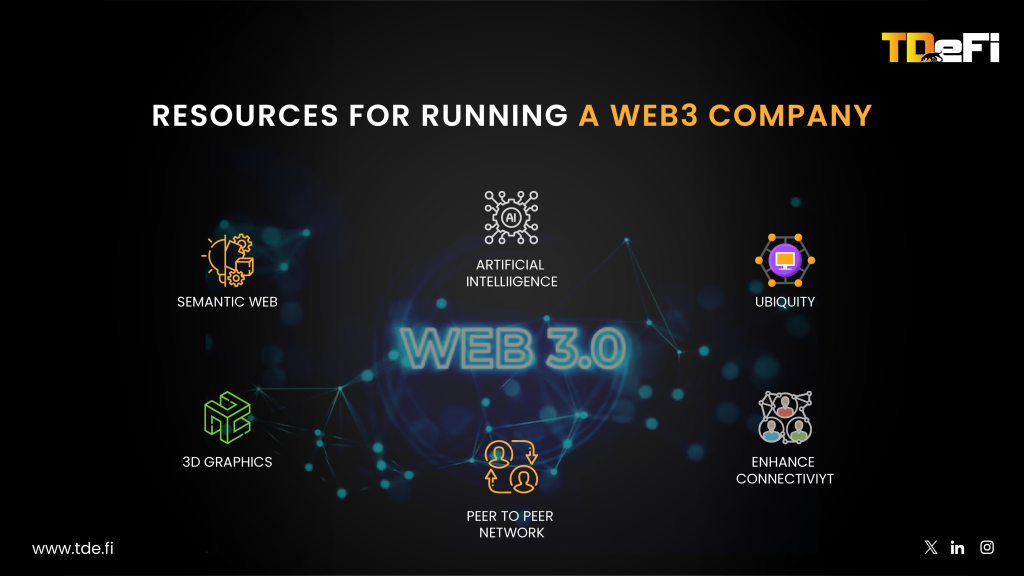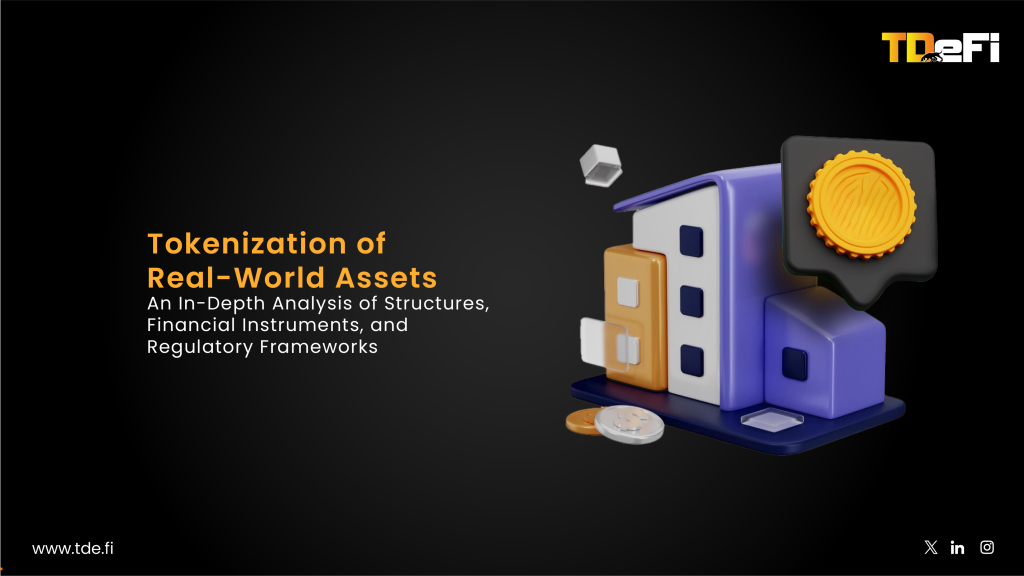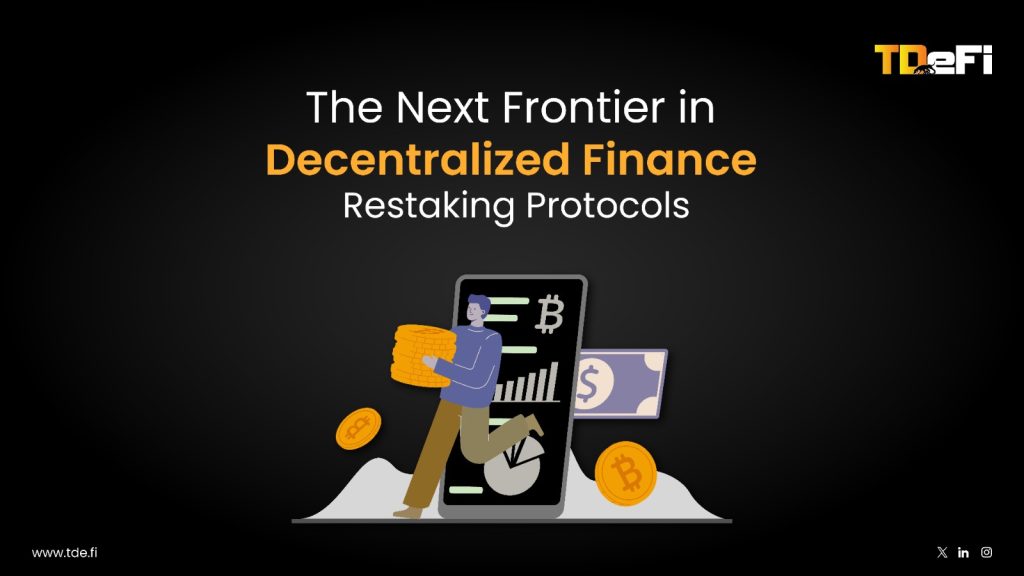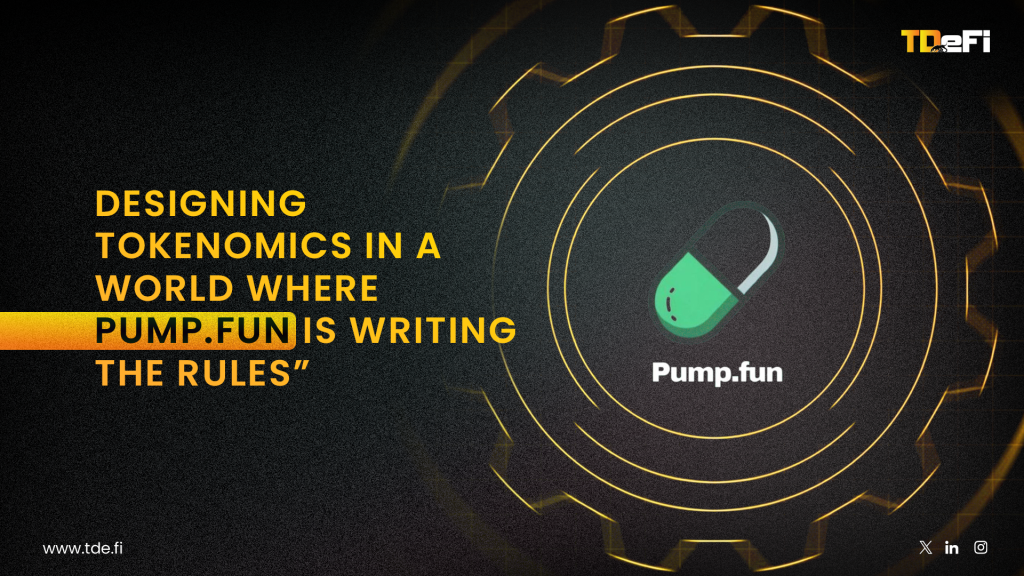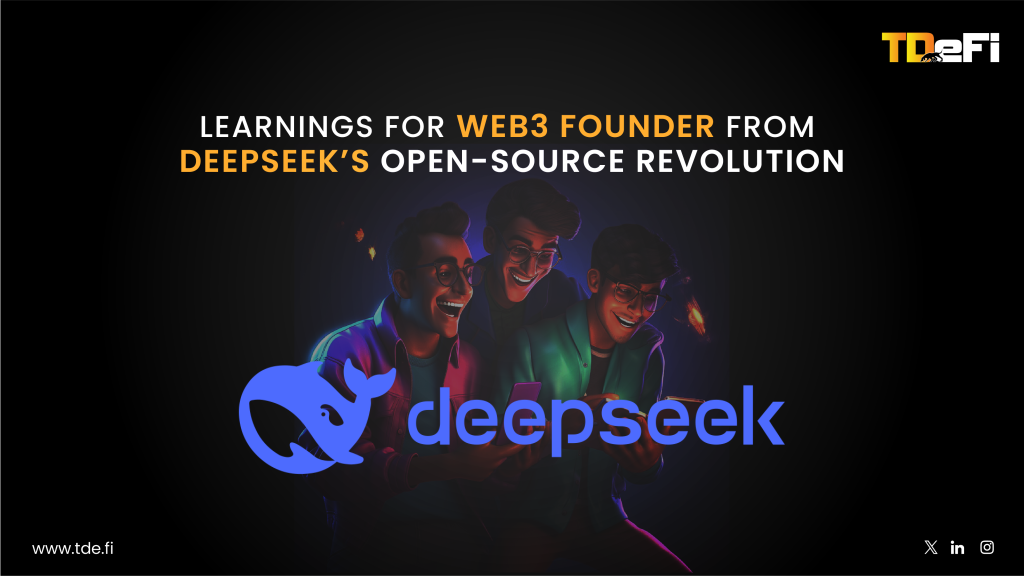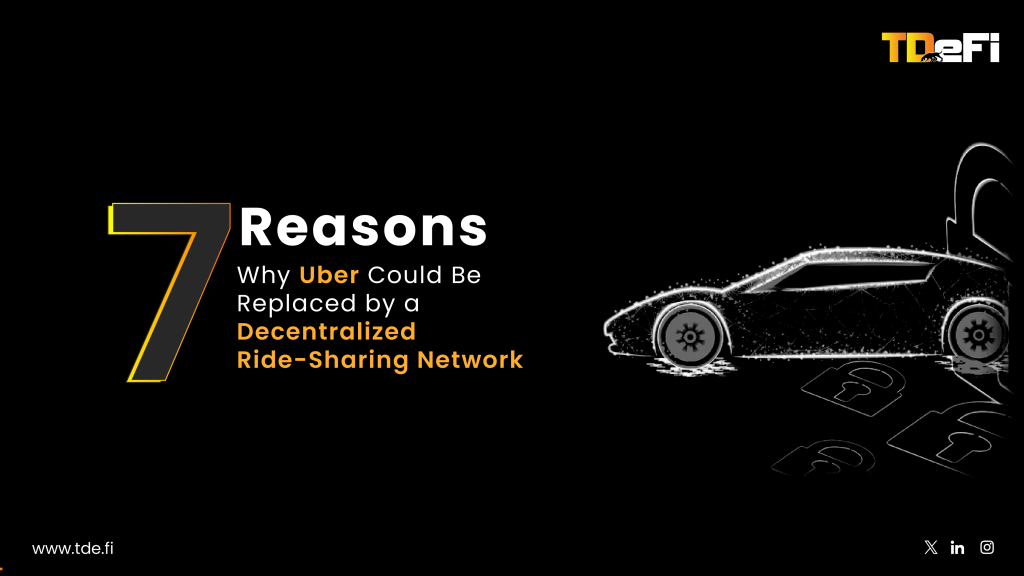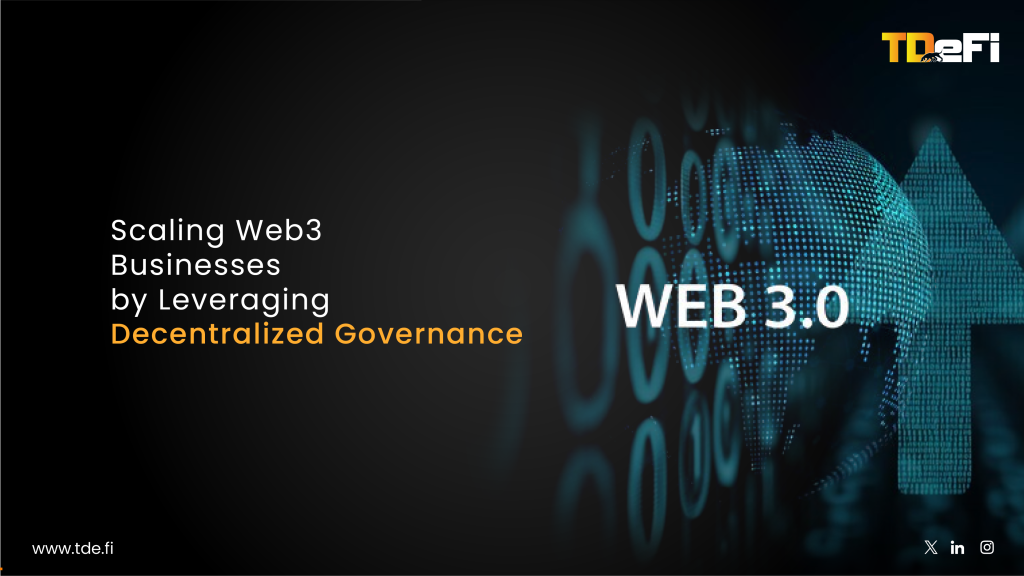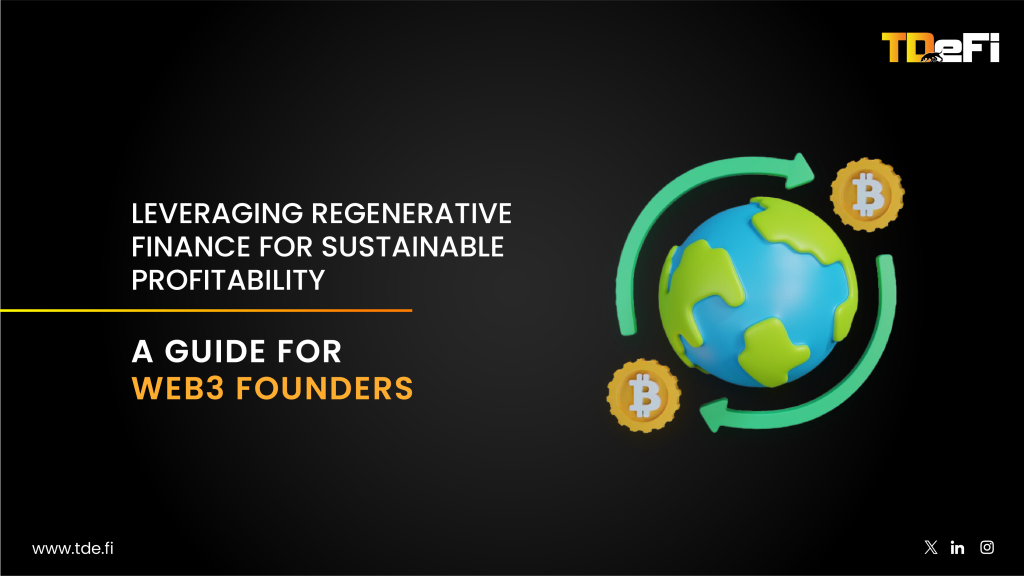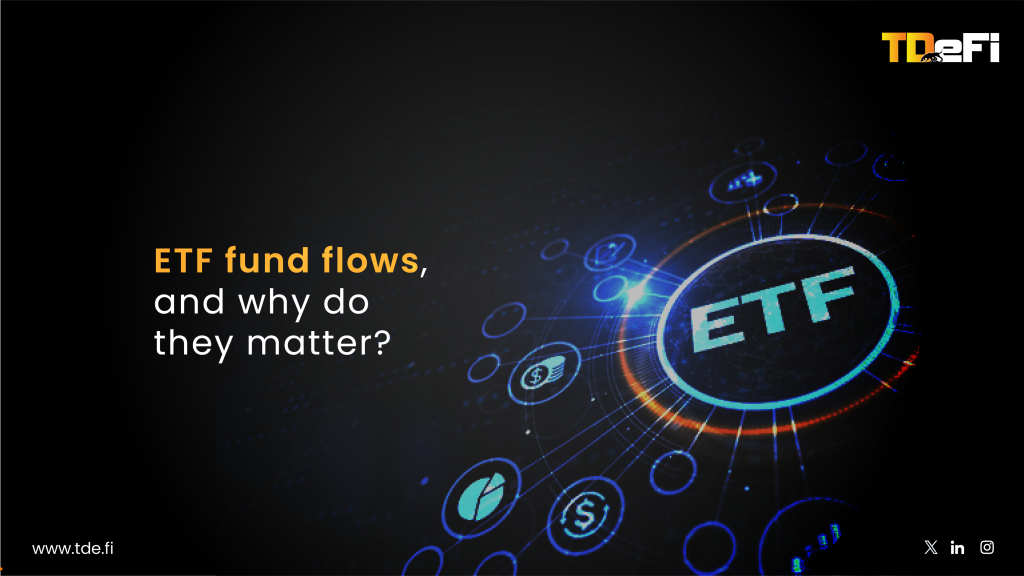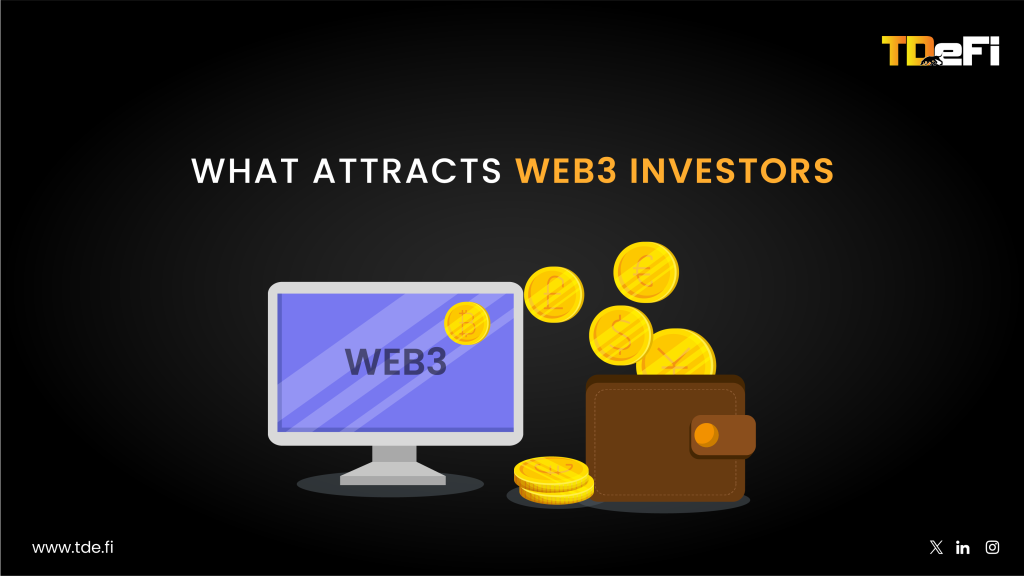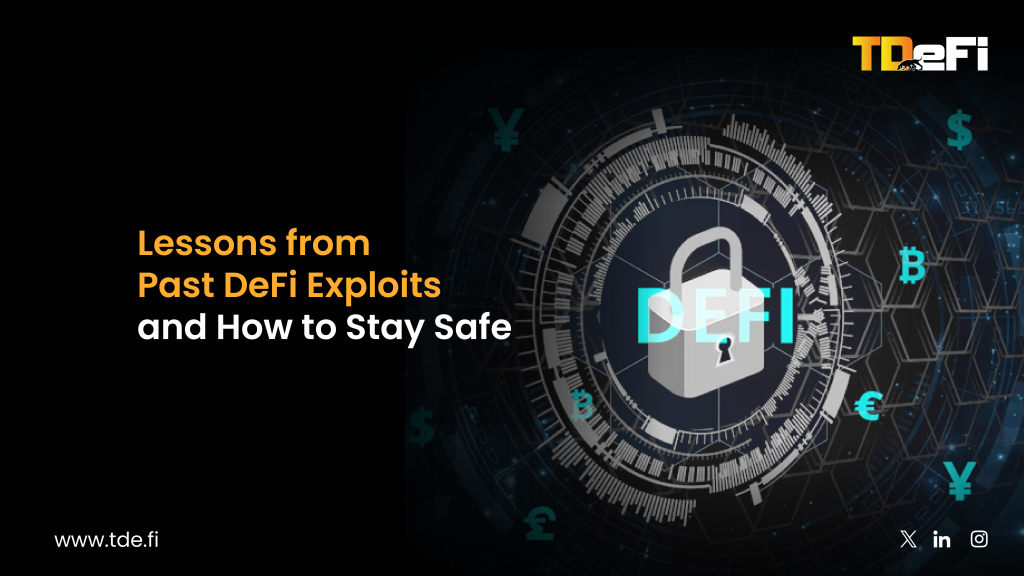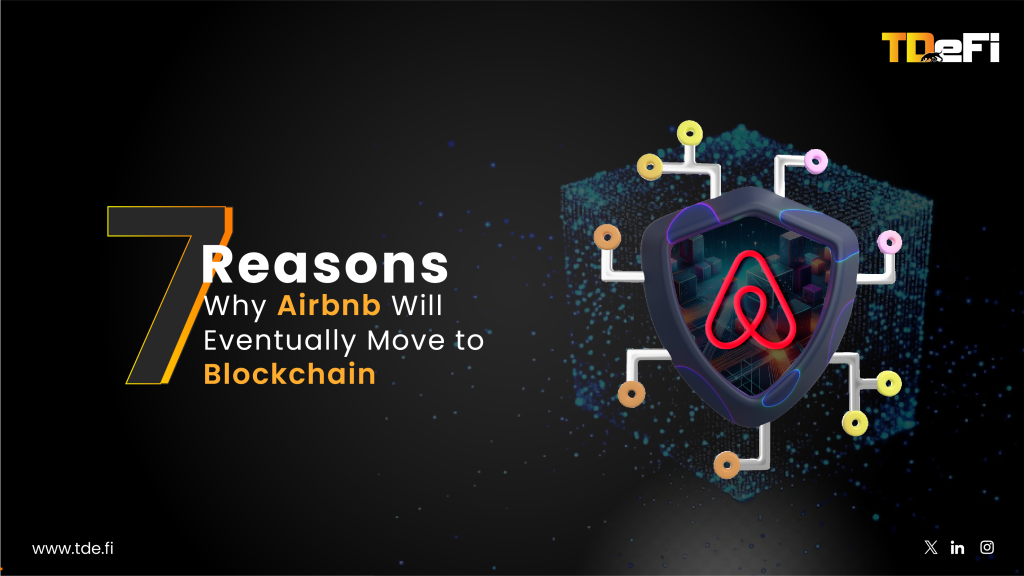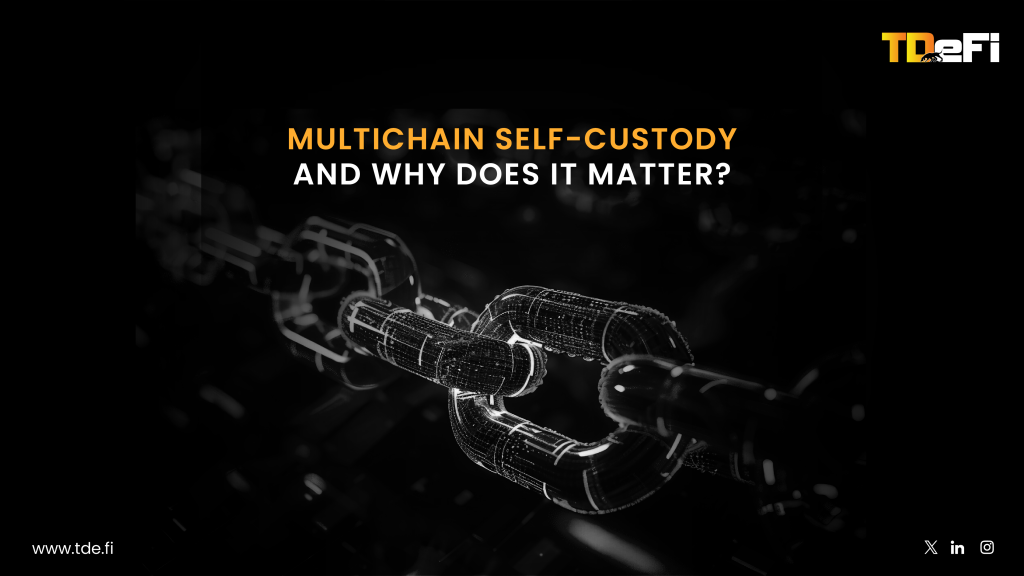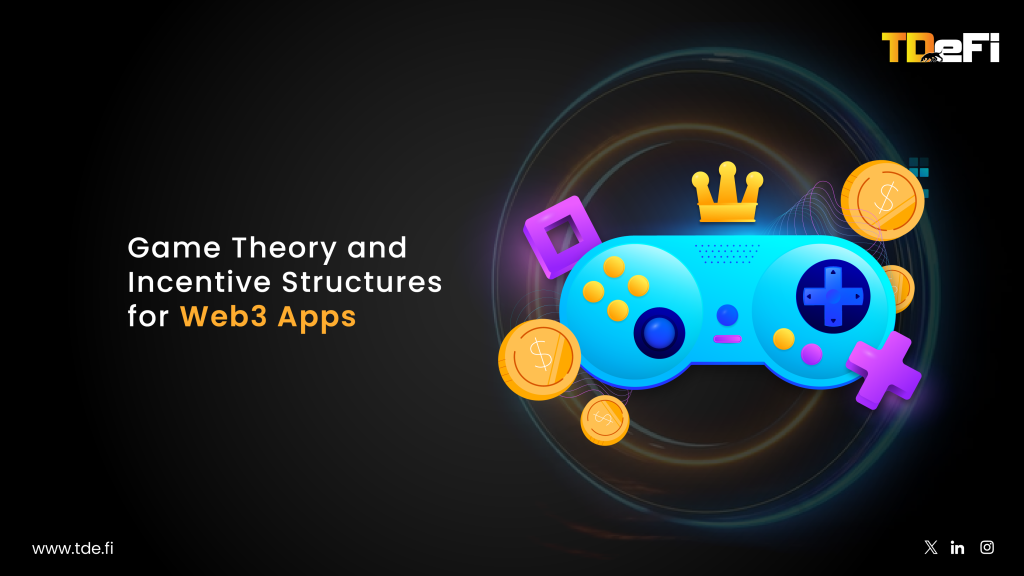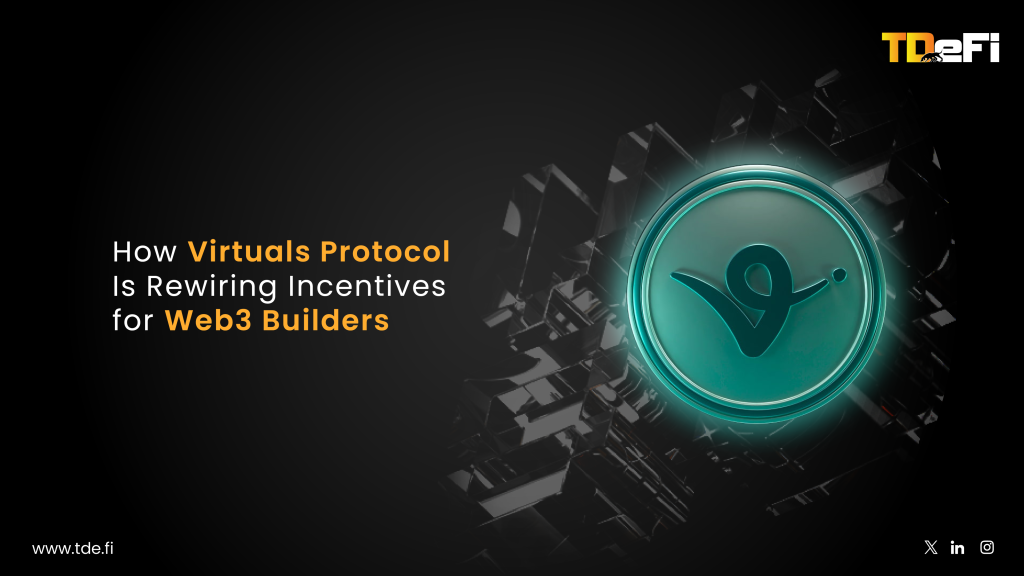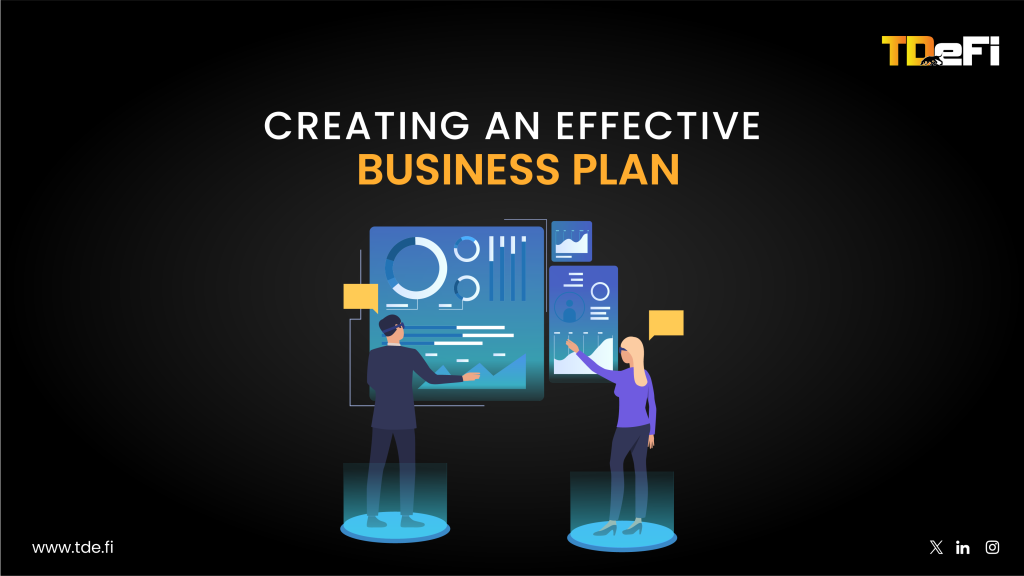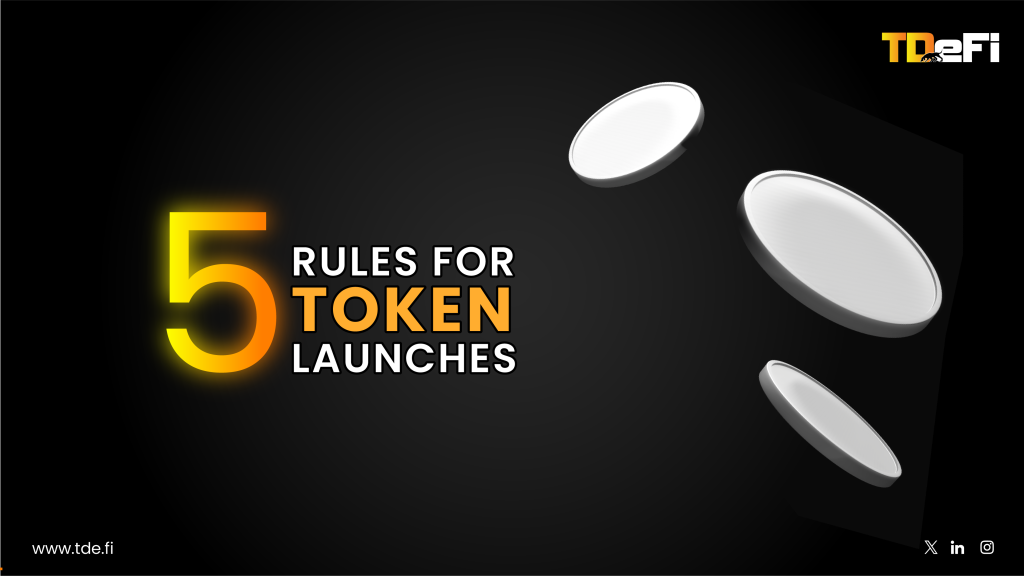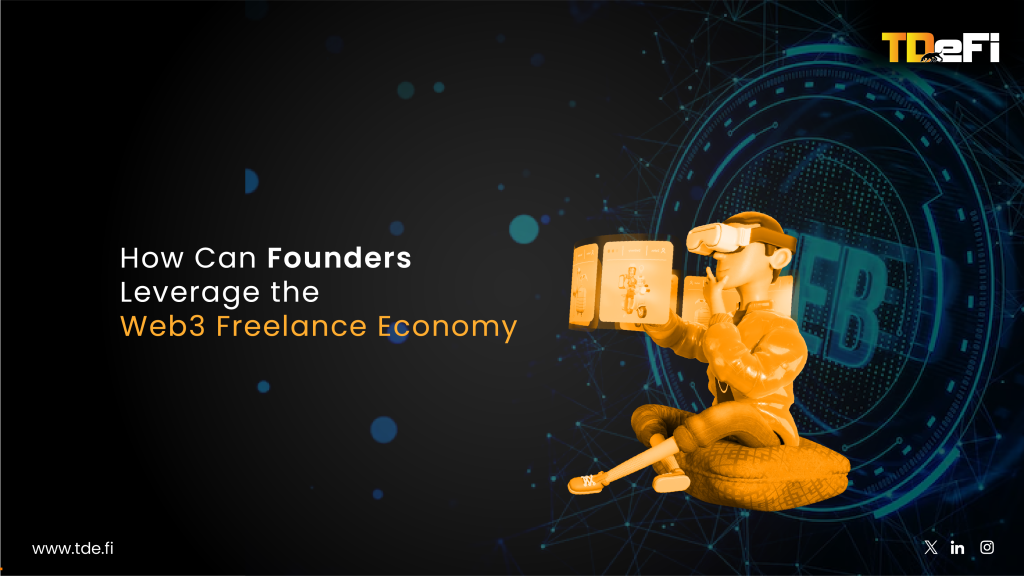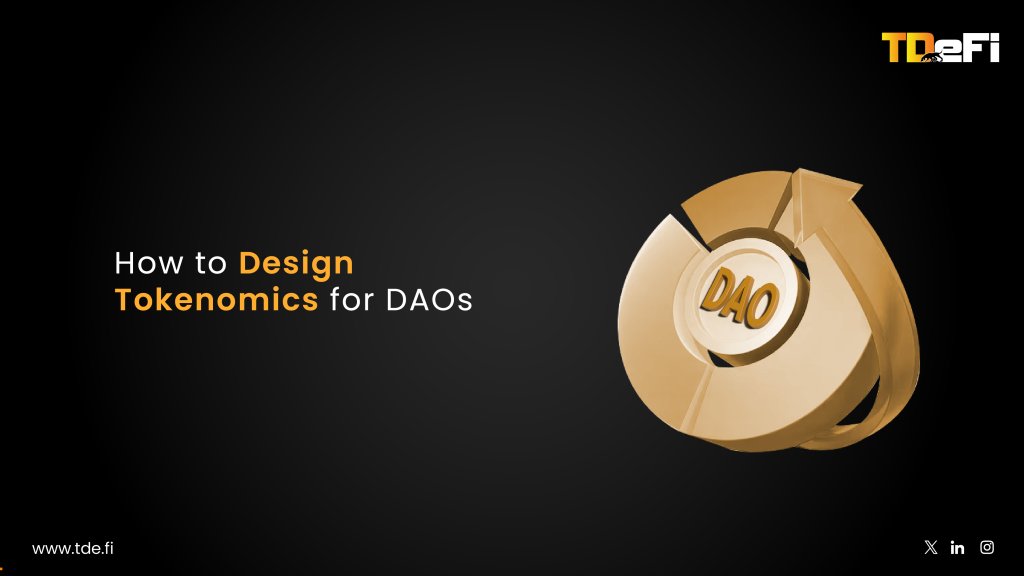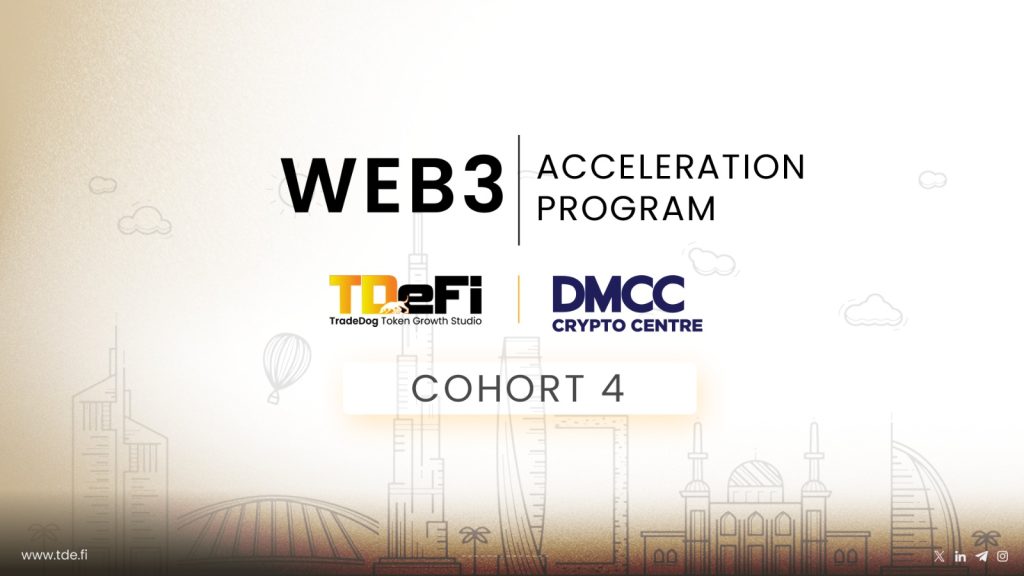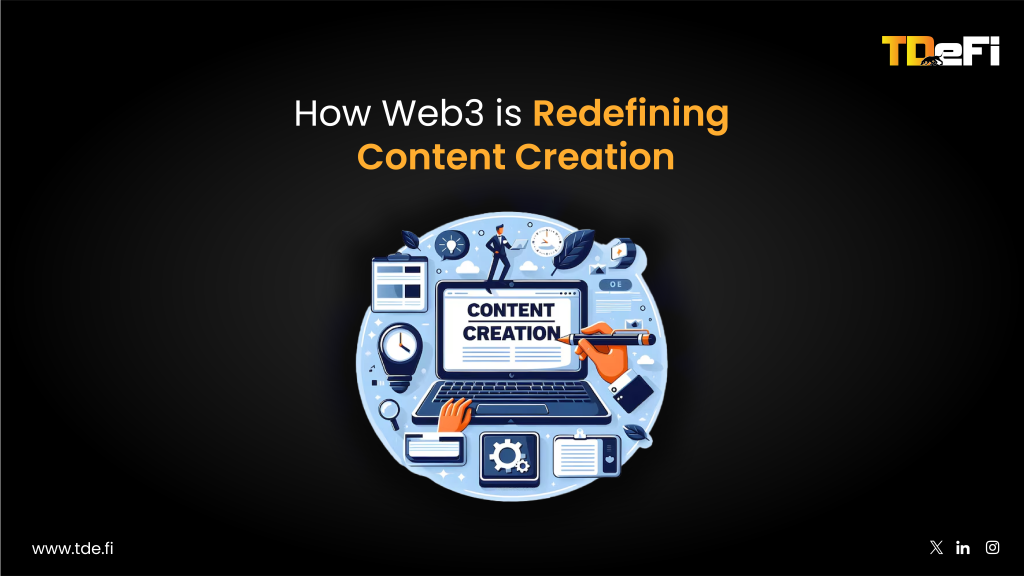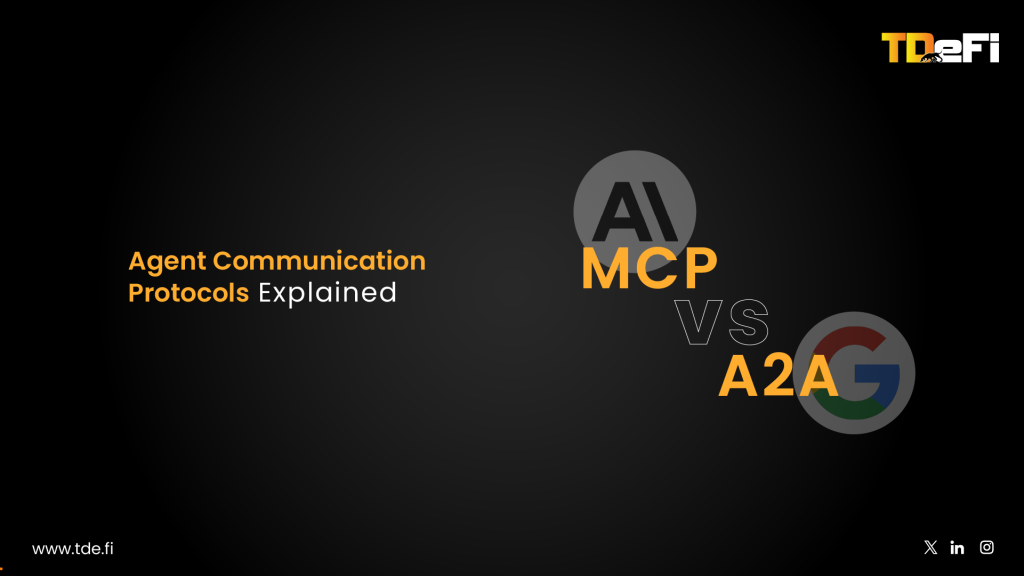TL;DR
Traditional fundraising models in Web3 often prioritize large investors over grassroots support. Quadratic Funding (QF) and Retroactive Public Goods Funding (RPGF) offer a decentralized, fairer way to fund projects, with rewarding broad community participation and proven impact.
Quadratic Funding amplifies small contributions, ensuring that projects with widespread support receive the most funding, while Retroactive Public Goods Funding rewards founders after they’ve demonstrated value, shifting incentives from speculation to real-world impact.
For Web3 founders, integrating both models can bootstrap early-stage development (QF) and secure long-term sustainability (RPGF) without relying on traditional VCs. This blog explores how to strategically leverage these funding mechanisms for community-driven growth and financial resilience.
Introduction
Securing funding is one of the most critical challenges for any startup, but for Web3 founders, the journey is far from conventional. Unlike traditional businesses, Web3 projects thrive on decentralization and community-driven collaboration. This means that founders often need to look beyond venture capital or token sales to raise capital.
Quadratic Funding and Retroactive Public Goods Funding stand out as pioneering approaches that empower community-driven funding and incentivize substantive contributions to foster progress. Quadratic Funding amplifies small contributions from many donors, ensuring that grassroots support carries more weight than large individual donations. Retroactive Public Goods Funding flips the script entirely, rewarding projects after they’ve delivered value rather than requiring upfront capital.
These models are reshaping how Web3 projects secure financial support. For founders, understanding how to leverage them effectively can unlock new opportunities for growth while staying true to the decentralized ethos of Web3. This blog dives into the mechanics of QF and RPGF, their real-world applications, and actionable strategies for integrating them into your funding roadmap.
Quadratic Funding
Quadratic Funding is often hailed as one of the fairest ways to allocate resources in a decentralized ecosystem. It empowers communities by amplifying smaller contributions, ensuring that funding decisions prioritize collective support rather than just large donations from whales or institutions.
How Quadratic Funding Works
Quadratic Funding operates on a simple yet powerful principle: the more people who donate to a project, the larger the matching funds it receives. Unlike traditional crowdfunding models that prioritize total funds raised, QF ensures that small contributions from many donors have a disproportionately larger impact.
Here’s how it works:
- Community members contribute directly to projects they support via crowdfunding platforms.
- A matching pool (funded by DAOs or foundations) is distributed based on the number of unique contributors rather than the total amount raised.
- The formula follows quadratic equations, where matching funds increase based on the square root of the number of contributors.
This mechanism ensures that broad community support carries more weight than concentrated funding from a few wealthy backers.
Why Quadratic Funding Matters for Web3
- Empowers Grassroots Projects: Projects with widespread small contributions receive more matching funds than those backed by concentrated large donations.
- Aligns with Decentralization: By shifting funding power from institutions to communities, QF reinforces Web3’s core values.
- Encourages Community Engagement: QF incentivizes active participation from users who want their contributions amplified.
How Founders Can Leverage Quadratic Funding
Quadratic Funding (QF) is an innovative way for Web3 founders to raise capital while engaging their communities in meaningful ways. It’s particularly effective for early-stage projects that need grassroots support to bootstrap development. Here’s how you can leverage QF effectively:
Steps to Apply for Quadratic Funding
1. Participate in Gitcoin Grants Rounds:Gitcoin remains the most prominent platform for quadratic funding in Web3:
- Create a detailed grant proposal explaining your project’s goals, roadmap, and impact on the ecosystem.
- Activate your community by promoting your grant through social media channels like X, Discord, and Telegram.
- Encourage small donations from as many contributors as possible since QF rewards broad participation over large individual contributions.
Example: Projects like Uniswap’s early development were partially funded through Gitcoin Grants before becoming one of DeFi’s largest protocols.
2. Apply for DAO Grants Using QF Models: Many DAOs use quadratic funding models to allocate resources:
- Submit proposals to DAOs aligned with your project’s mission (e.g., Optimism Collective for Layer-2 scaling solutions).
- Build relationships within DAO communities by actively participating in governance discussions and showcasing how your project aligns with their goals.
Example: Optimism Collective has funded public goods like Ethers.js through its DAO-driven quadratic funding rounds.
3. Integrate Quadratic Voting in Your Ecosystem: If your project involves governance or decision-making processes:
- Implement quadratic voting mechanisms to allocate resources or prioritize protocol upgrades.
- Demonstrate your commitment to decentralization by giving your community a voice in decision-making processes.
Example: Gitcoin DAO uses quadratic voting for governance decisions, ensuring fair representation across its ecosystem.
Retroactive Public Goods Funding
Retroactive Public Goods Funding (RPGF) flips traditional fundraising on its head by rewarding projects after they’ve delivered measurable impact. This model ensures that successful initiatives receive financial backing while reducing speculative risks for investors.
How Retroactive Public Goods Funding Works
- Builders create public goods such as infrastructure tools, research protocols, or community initiatives.
- DAOs and funding organizations evaluate impact based on metrics like adoption rates or ecosystem contributions.
- Funding is allocated retroactively to initiatives that have delivered proven value.
This approach ensures financial sustainability for impactful projects without requiring upfront capital commitments.
Why Retroactive Public Goods Funding Matters
- Rewards Proven Impact: Focuses on tangible results rather than speculative promises.
- Mitigates Investor Risk: Investors fund projects with verified success rather than gambling on unproven ideas.
- Drives Long-Term Value Creation: Teams can focus on building impactful solutions without constant fundraising distractions.
How Founders Can Leverage Retroactive Public Goods Funding
For founders focused on delivering measurable impact through public goods or infrastructure tools, RPGF provides a compelling pathway to secure financial backing after proving their value:
1. Deliver Measurable Impact First
Retroactive funding rewards results:
- Build tools or infrastructure that solve specific problems within your ecosystem (e.g., scaling solutions or DAO tooling).
- Track adoption metrics such as protocol usage, active developers contributing to your project, or user engagement statistics.
Example: Ethers.js received retroactive funding from Optimism Collective after becoming an essential library for Ethereum developers.
2. Align with DAOs Using RPGF Mechanisms
Many DAOs actively use RPGF models:
- Identify DAOs aligned with your goals (e.g., Optimism DAO for Layer-2 scaling projects).
- Participate in governance discussions early to build credibility before applying for retroactive rewards.
Example: ENS DAO has rewarded contributors retroactively for improving its decentralized naming service infrastructure.
3. Document Contributions Comprehensively
A strong case for retroactive funding requires detailed documentation of achievements:
- Include metrics like protocol usage (e.g., number of transactions processed) or ecosystem impact (e.g., partnerships formed).
- Showcase testimonials or endorsements from key stakeholders who benefited from your project.
Example: Projects contributing significantly to Ethereum scaling have secured retroactive rewards by clearly showcasing their measurable impact during governance discussions.
Closing Thought
Web3 founders no longer need to rely solely on venture capital or speculative token sales. Quadratic Funding and Retroactive Public Goods Funding offer sustainable ways to finance innovation while aligning with decentralized principles. They represent a shift toward community-driven collaboration and rewarding meaningful contributions, focusing on delivering impact, and building efficient ecosystems.
As the Web3 space matures, the projects that succeed will be those that prioritize impact, transparency, and meaningful connections with their users and contributors. Founders who embrace these funding approaches are not just raising capital—they’re building ecosystems that thrive on shared ownership and collective success.
Ready to take your funding strategy to the next level? Connect with us to gain hands-on guidance, connect with industry leaders, and learn how to integrate innovative funding models into your roadmap.



